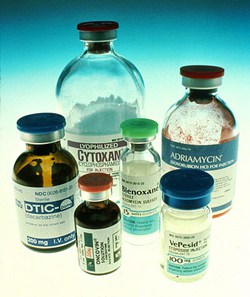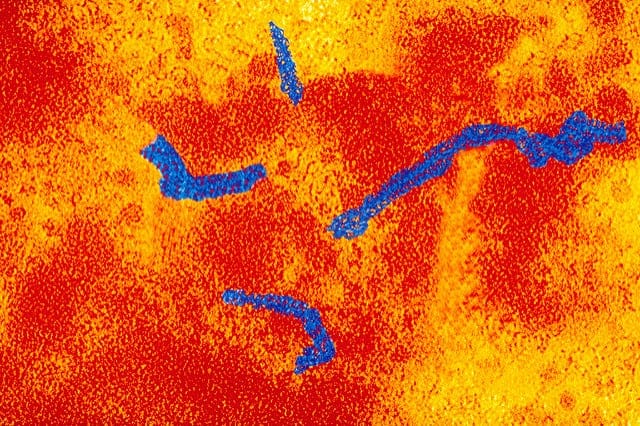The NHS has an annual budget of £100 billion to spend, and while this may sound a lot, it actually isn’t enough to fund the ever increasing number of new treatments and drugs which become available each year. This means the NHS has difficult decisions to make when it comes to choosing which treatments and drugs to fund.
How do you compare a new drug that can increase the chances of someone overcoming cancer by 10%, to another drug which dramatically reduces pain for those suffering with arthritis? Or a drug which increases the life expectancy for someone with AIDS by six months, to a preventative drug for flu? What if one of these treatments was five times more expensive per person, but the cheaper treatment had 50 times as many sufferers?
 In 1999 an organisation called NICE (National Institute for Health and Care Excellence) was set up, with its job being to recommend which new drugs and treatments the NHS should fund, using mathematical and statistical techniques.
In 1999 an organisation called NICE (National Institute for Health and Care Excellence) was set up, with its job being to recommend which new drugs and treatments the NHS should fund, using mathematical and statistical techniques.
In order to compare new drugs and treatments, they calculate something they call quality-adjusted life years (QALYs). This mathematical calculation takes into account how much a drug extends a patient’s life by, but also the quality of life which a patient will have. Quality of life is ranked on a scale between 0 and 1, where 1 is for someone who is in perfect health, and 0 indicates death.
Let’s see how it works using an example. Imagine NICE has two new drugs for cancer and NICE needs to decide which is more cost effective to fund. First we need to work out the quality-adjusted life years for each drug using the following formula:
Quality-adjusted life years (QALY) = Average number of years added to a patient’s life × Quality of life
| Cancer Drug A | Cancer Drug B | |
| Average number of years added to a patient’s life | 1 year | 1.25 years |
| Quality of life for patients using this drug | 0.4 | 0.6 |
| Quality adjusted life-years | 1 X 0.4 = 0.4 | 1.25 X 0.6 = 0.75 |
This makes cancer drug B look more effective, as it results in more quality-adjusted life years. However, because the NHS only has a limited budget, NICE also has to take into account the cost of each drug too. They do this by calculating Cost per QALY.
Cost per QALY = Cost of treatment / Quality-adjusted life years
| Cancer Drug A | Cancer Drug B | |
| Cost of treatment | £10,000 | £50,000 |
| Cost per QALY | £10,000 / 0.4 = £25,000 | £50,000/0.75 = £67,000 |
This actually means that Drug A turns out to be more cost effective for the NHS to fund. In reality, NICE is not usually deciding between two competing drugs, but instead they look at the Cost per QALY for individual treatments. If Cost per QALY turns out to be more than around £20,000-£30,000 then treatments are generally not recommended. In the above example, both cancer drugs might not been seen as cost effective and neither of them approved, enabling the NHS to fund other more cost effective treatments instead.
If you are interested in working in the area of Health Economics yourself, there are a number of routes which you can take. However people would normally take a degree in economics, mathematics or statistics, followed by postgraduate qualifications. To take a degree in these subjects you will need to study A-level Mathematics and if possible A-level Further Mathematics will also be really helpful.
Article by Hazel Lewis
Featured image credit: Measles Virus by Sanofi Pasteur @ Flickr






